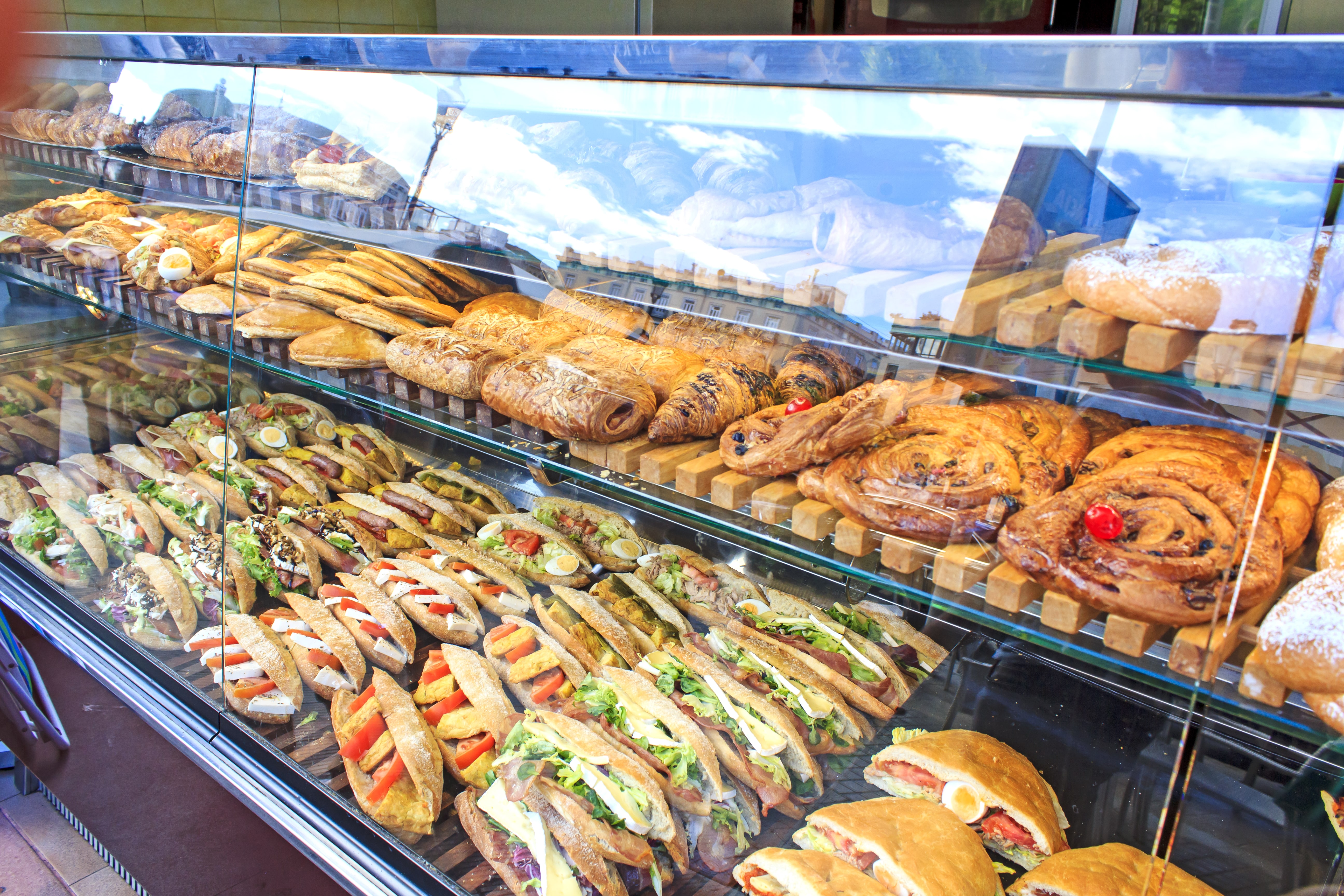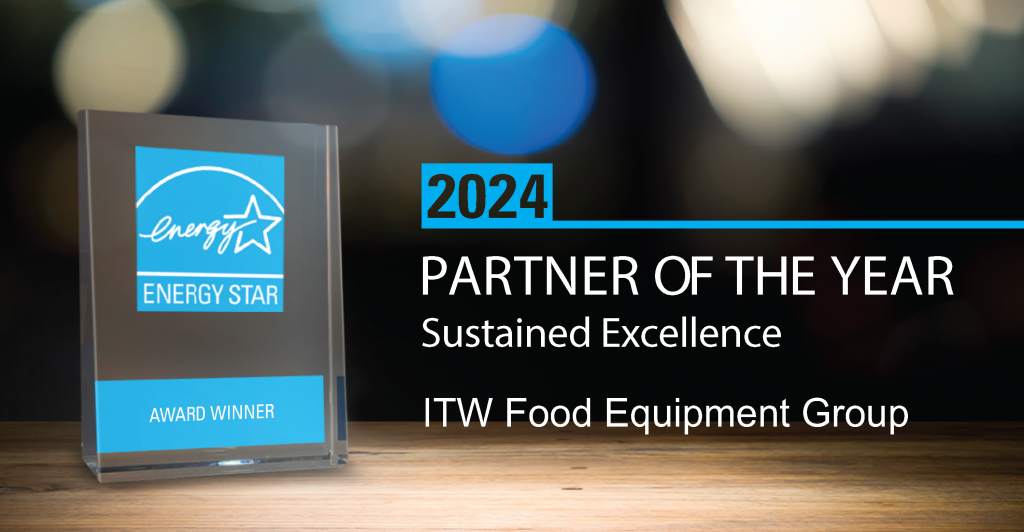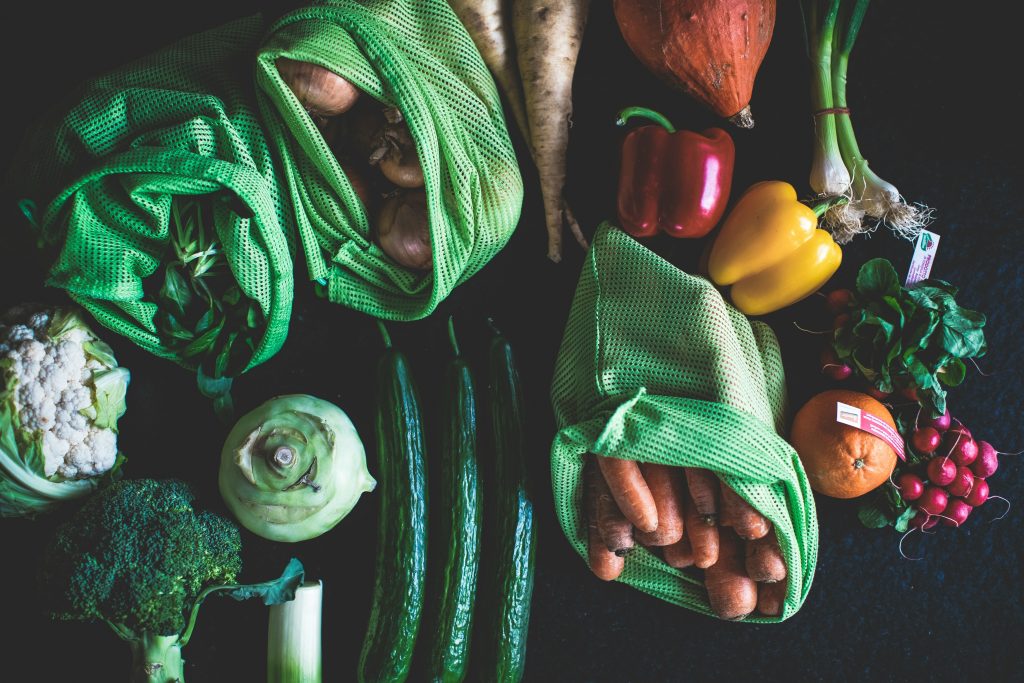
At a briefing to launch the report M&C Allegra executive director Simon Stenning explained that the overall foodservice trading picture in the summer had been bad. Consumer confidence was impacted by negative news stories like the demise of the steel industry. On top of that the bad weather and a strong pound meant that more people went away on holiday.
Despite this there are plenty of opportunities for those retailers in the food to go market, which is defined as ready to consume portioned food and beverages, purchased away from home and eaten away from the restaurant.
The food to go market is worth £20.2bn and in 2015 it represented a quarter of all eating out spend, growing 5% in the past three years. On the whole this market segment outperforms the wider eating out market and it bucks the general market trend of falling retail food sales.
Steve Gotham, director of insights for M&C Allegra, described food to go as the oldest and most competitive component of the eating out market. It is also the fastest growing. He said stakeholders across the industry should beware of food to go.
Snacking is top of the food to go market; up 3% from 2014 to 2015. Another big growth area is breakfast, which is up 7%.
The one product that is purchased more than any other is the sandwich and this is an area that continues to receive increasing investment and range expansion. At Marks & Spencer, for example, the sandwich range increased from 31 to 68 between 2013 and 2015.
Special deals are important to retailers – while the price of sandwiches in Sainsbury’s increased by 37% between 2013 and 2015, for example, the price of the meal deal has not changed at all. The meal deal – usually comprised of a sandwich, a drink and a snack – accounts for half of all food to go offers.
To measure consumers’ drivers and frustrations in the market the report is based on an eating out panel of 6,000 people who record their behaviour.
Key to food to go consumers is convenience and products that are quick to buy and eat. Among the frustrations are long queues (22%), over pricing (18%) and a lack of choice (14%).
The report also looks at what would make people spend more – 26% said buying a treat would up their spend and others mentioned seasonal and healthier foods as incentives to spend more.
It also found that people are more likely to buy an extra item like a drink than they are to upgrade to a more expensive item.
Gareth Nash, head of consumer insight, said that the main consumers for the food to go market are young, affluent, busy workers. Speed and convenience are the priorities and the future will see a much stronger focus on the smell and appearance of products as well as a health angle.
M&C Allegra said the trend would continue to focus on greater innovation. Made to order, healthy food, street food, hot food and freshness will become more important for consumers.
Food retailers will find challenges in some areas, including delivery, which is growing as an increasing number of people have their lunch delivered to the office. Similarly more people are working from home and casual restaurants will become more of a competition.
Concepts to watch in the next year include fresh pasta chain Coco de Mama, which is growing aggressively. Partnerships between non-food retailers and food outlets is another trend to watch – the market has already seen the link up between Starbucks and healthy food retailer Pod and Costa with salad chain Chop’d.
Tina Nielsen




